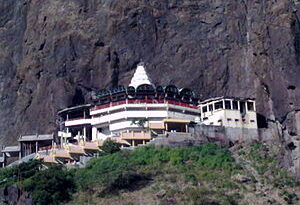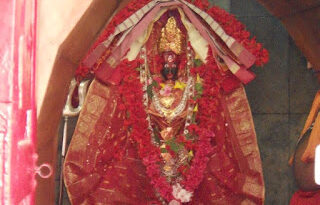Tribal culture and festivals of Nagaland (Seven Sister States – 7)
Until the British colonization of India, the people of Nagaland had very little contact with the other areas. In the year 1963, Nagaland became the 13th state to join the Indian constitution. Nagaland is bordered by Assam (west), Burma (east), Arunachal Pradesh (north) and Manipur (South). The people of Nagaland are collectively known as Naga people. Nagaland is a land of tribes. There are 16 main tribes of this state.namely, these tribes are – Ao, Angami, Chang,Chakhesang, Dimasa Kachari, Konyak, Khiamniungan,Kuki, Lotha, Langsimngi, Phom, Pochury,Rengma, Sumi ,Sangtam, Yimchunger, Zeliang.
Naga people are fierce warriors with the spear being their weapon of choice. Although headhunting (keeping heads of enemies as trophies) and raids have now stopped; they still practice some warrior traditions. What differentiates these tribes are even though they belong to the same state, they speak different languages, their food, traditions and clothing habits are different. Each tribe wears there own specific motif on their dresses. These tribes stretch across north east India as well as Burma. The Naga people have developed a separate language called Nagamese – which is a mixture of different Naga languages and Assamese. This language helps people to communicate among different tribes. English is mainly used throughout Nagaland and majority of people belong to Christian Religion. All the tribes have their own festivals and rituals. As agriculture is a major part of their occupation and economy, most of the festivals revolve around harvest. Listed below are some of the major festivals of Nagaland –
| Tribe | Festival | Month | Specialties |
| Ao | Moatsu | May | Celebrated after sowing is done and clearing and burning of fields is complete. |
| Angami | Sekrenyi | February | It is a 10 day harvest festival in which the lady of the household puts out rice water at 3 main places of the house |
| Chang | Naknyulem | July | Traditionally it is a festival to thank god for providing light |
| Chakhesang | Sukrunyie | January | 19 day festival worshiping the utensils and fire. Men do not use water fetched by women |
| Dimasa Kachari | Bushu | January | After the harvest the first paddy is offered to the supreme God – Brai-Sibrai |
| Khiamniungan | Tsokum | October | Harvest festival of one week |
| Kuki | Mimkut | January | After the harvest of maize, samples are offered to departed souls |
| Konyak | Aoleang Monyu | April | New year and Spring festival of 9 days |
| Langsimngi | Chegagadi | October | Festival starts after seeing first new moon. Women cannot touch the fire or utensils used by men. |
| Lotha | Tokhu Emong | November | 9 days post-harvest festival thanking God for the harvest |
| Phom | Monyu | April | 12 days festival marking end of winter. |
| Pochury | Yemshe | October | Huge harvest festivals starting from the last week of September to first week of October. |
| Rengma | Ngada | November | 8 day festival signifies the end of agricultural season |
| Sumi | Tuluni | July | A mid year festival for communal harmony and bountiful crops |
| Sangtam | Mongmong | September | Food and wine are offered at the middle of the night to the dead to avoid inheriting the sins of the dead people. |
| Yimchungr | Metmneo | August | five-day harvest festival after millet is harvested |
| Zeliang | Heleibambe | March | A festival of seeding and sowing. Unlike other festivals entertainment and sports are not allowed during this time |
Location: Nagaland, India


